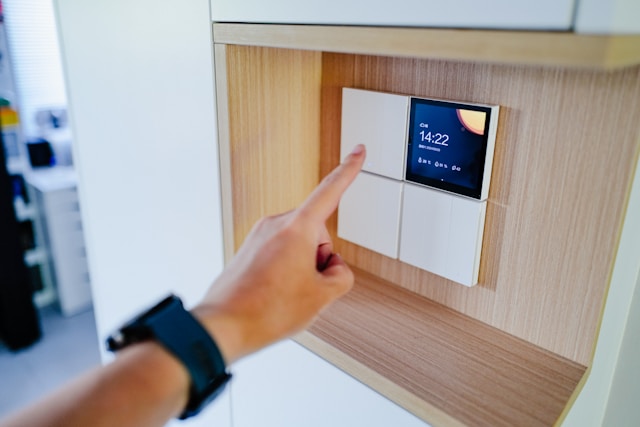Understanding Home Automation for San Francisco Properties
What Makes San Francisco Home Automation Unique
San Francisco’s diverse architectural landscape presents distinct considerations for smart home implementation:
Historic Home Challenges:
- Victorian and Edwardian homes often require creative wiring solutions
- Preserving original architectural details while adding modern functionality
- Working within existing electrical systems that may need upgrades
Modern Construction Considerations:
- High-rise condominiums with HOA restrictions
- Open-floor-plan layouts requiring zone-based control systems
- Integration with building-wide management systems
Climate-Specific Needs:
- Microclimates throughout the city affecting temperature control
- Fog patterns influencing automated lighting systems
- Energy efficiency requirements for California’s environmental standards



